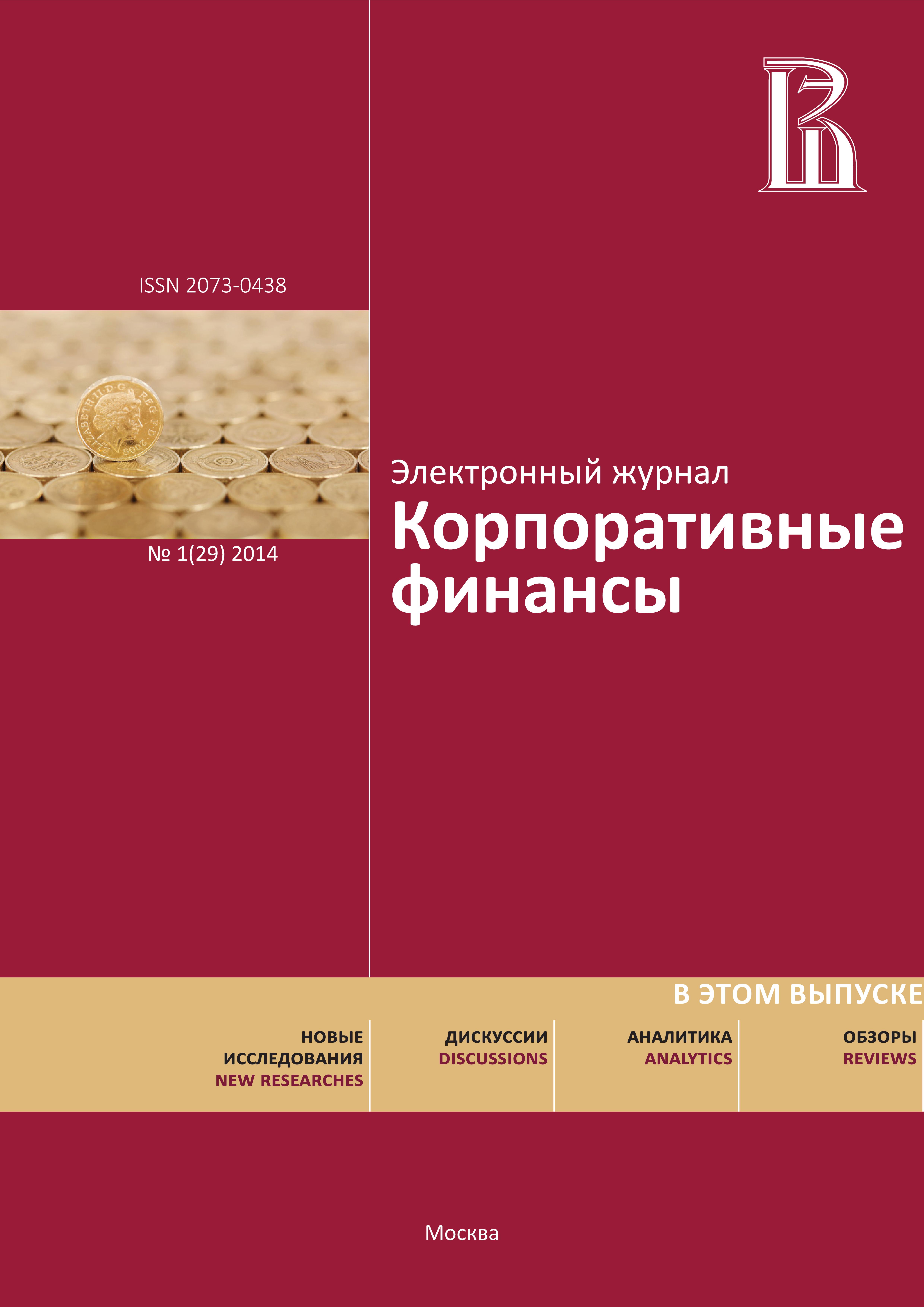Security Design in Infrastructure Projects: The Case of International Airport «Perm»
Abstract
Authors: Roman Nikolaevich Bozhiya Volia National Research University The Higher School of Economics romanb-v@mail.ru
Maria Vladimirovna Petrushina
Attracting private investment in infrastructure projects initiated by the state is one of the most debated issues of investment management. Due to the financial crisis, the increased level of uncertainty and lack of liquidity in the private and public sectors, investors have tightened efficiency criteria. Respectively, security design (the main topic of this article) becomes the issue of major importance in PPP deal structuring. Comparative analysis of financial instruments is based on real options concept as the most effective analytical tool for analyzing complex, multivariate and illiquid projects under uncertainty. As the benchmark we model “first best” equilibrium with purely private financing basing on the airport construction specifics. Next, we analytically derive boundary conditions and incentives for two instruments: preferred shares and revenue insurance. To confirm the correctness of assumptions and results we calibrate models based on real data (the project “International airport “Perm”). Some interesting insights obtained. First of all, investment return measured by cash flows and cost of capital is not the main issue in PPP projects, even for private investor. The correct security design involves the minimum share of public funds and also maintains incentives compatibility for both sides insuring project execution. We conclude than targeting maximal leverage effect of public funds involves ultimately conscious transferring of particular rights to private investors. What is more important – such rights should be treated and actively exploited as the substitute for public money in PPP deals structuring, of course with proper valuation.

